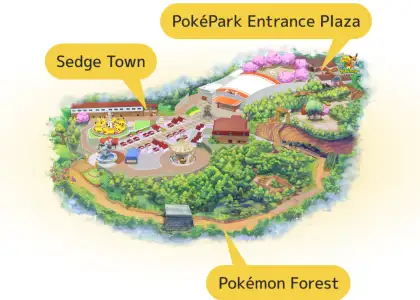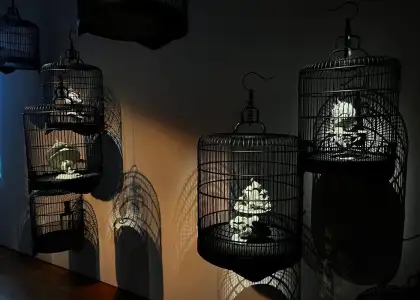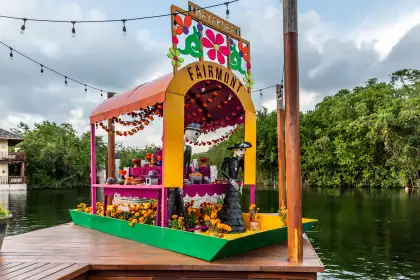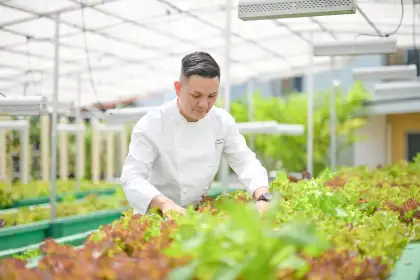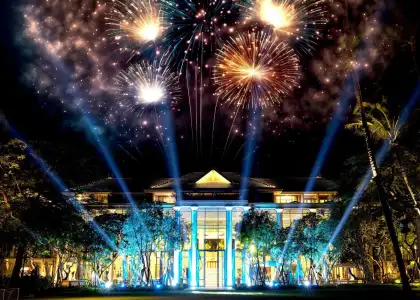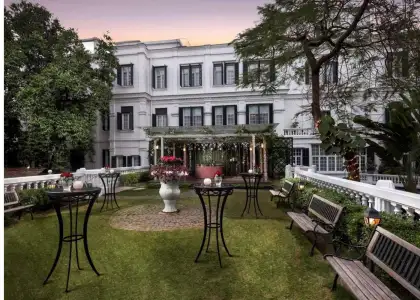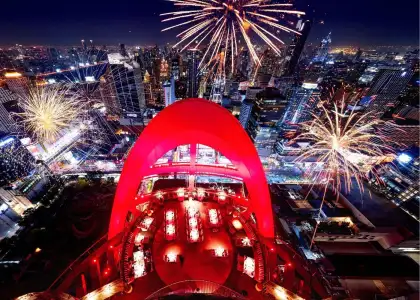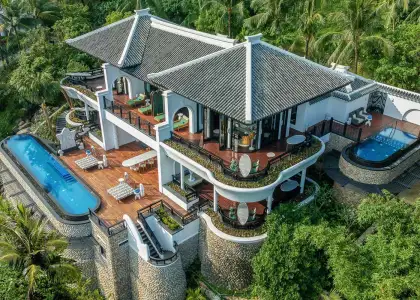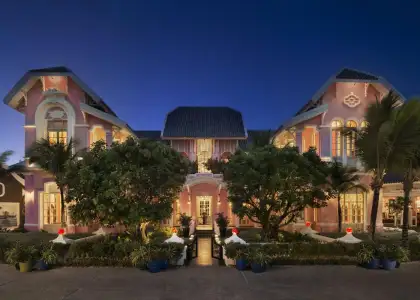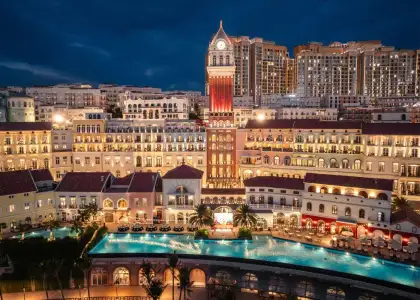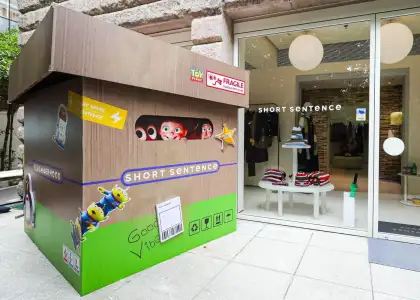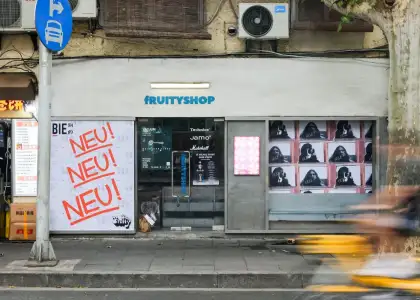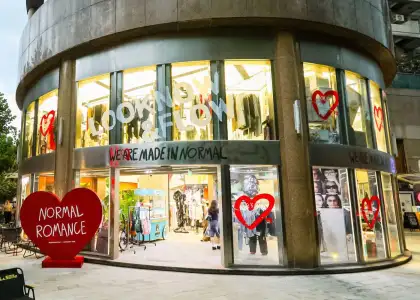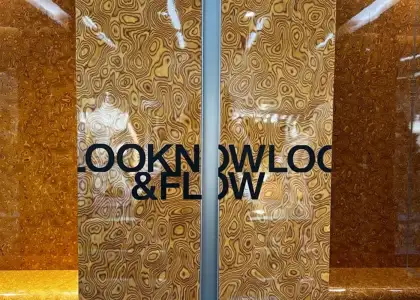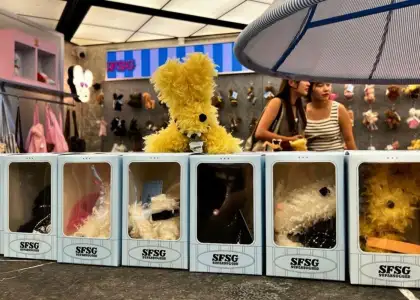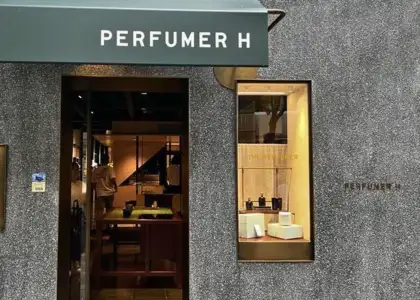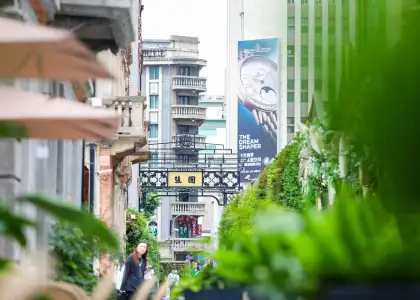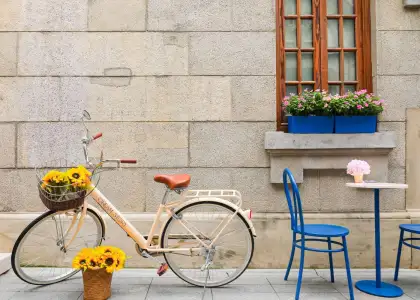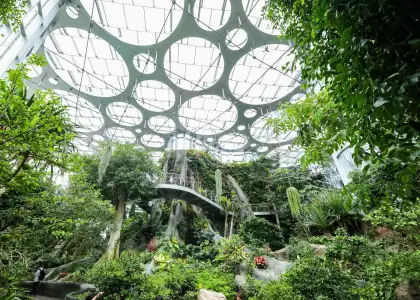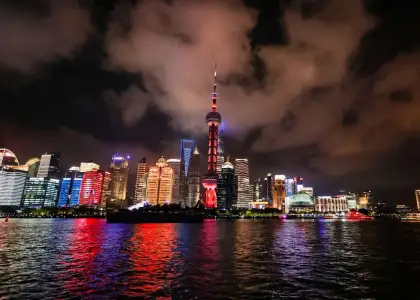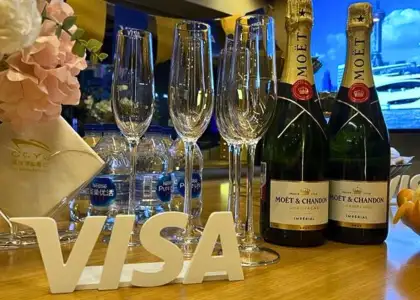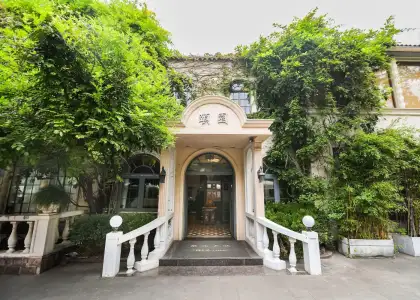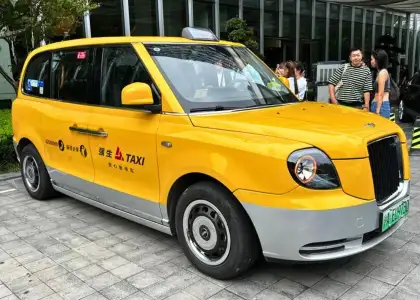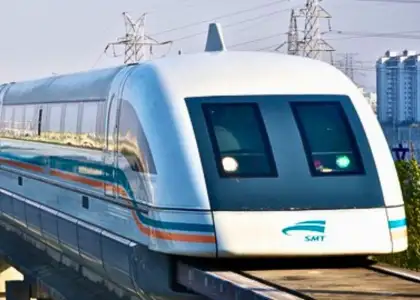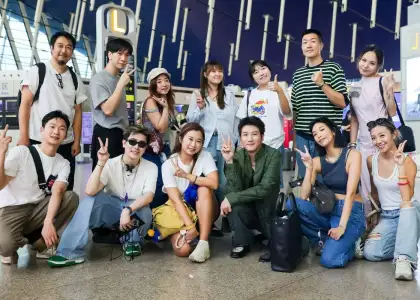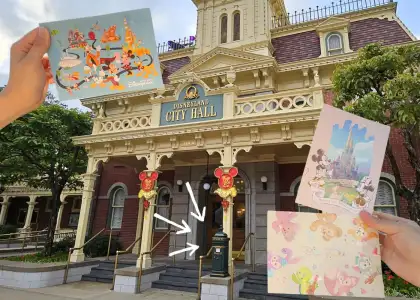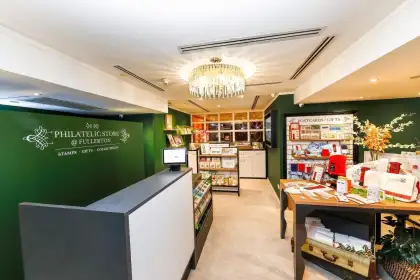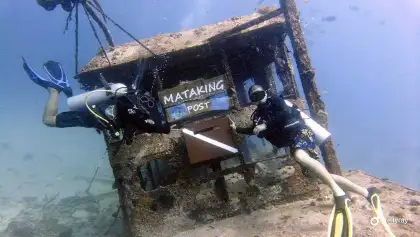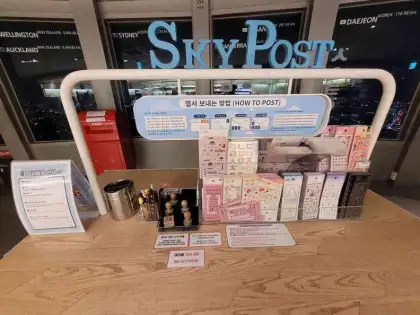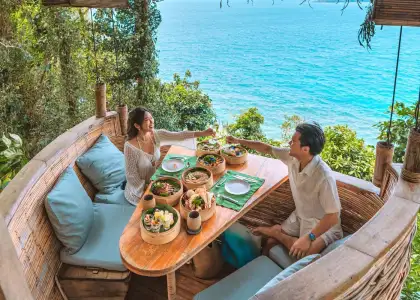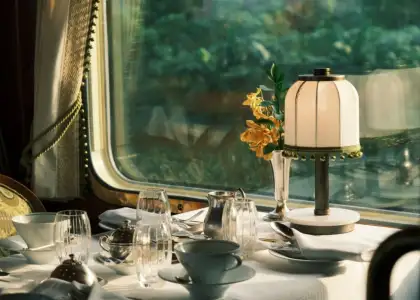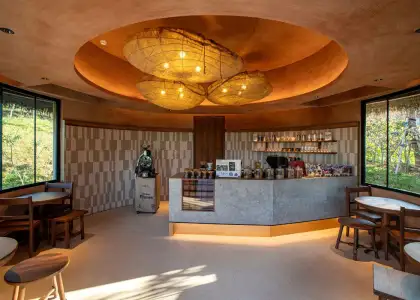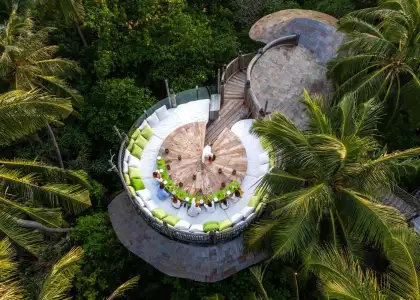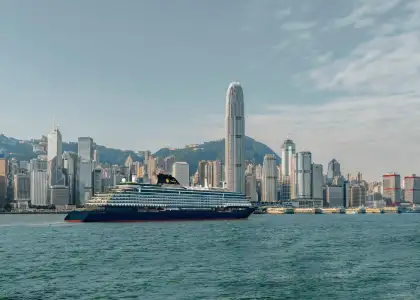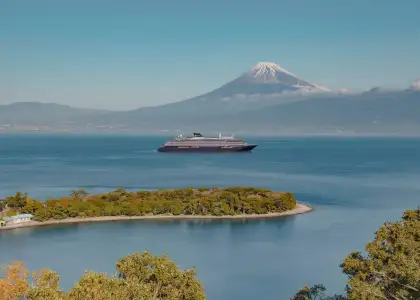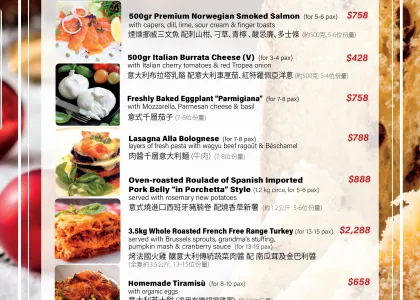2024 Travel & Tourism Trends: Placemaking, Sustainability, and Wellness

The world, as we know it, was just never the same post-pandemic. Everything, even people’s traveling preferences and priorities, have shifted. But experts from the leisure and hospitality industry are not too worried because the direction, dare we say, is all kinds of good. Not just for the tourists and hotel guests, but also for the environment and local communities. Need we say more?
Recently, the future of travel was part of the series of panel discussions during the Urban Land Institute (ULI) Philippines Annual Conference. The event, which was held at Shangri-la the Fort in Taguig City, featured experts and ULI members from all over the world — some flying in from the United States (US), China, etc.
More than half of the event participants could be classified as frequent fliers and expert travelers who’ve seen nearly every corner of the world. Fortunately, though, this wealth of experience in the room fueled a dynamic discussion on the future of a hobby that almost everyone loves.
Moderated by TAJARA Leisure and Hospitality Group CEO Cyndy Tan Jarabata, the panel discussion included Robinsons Hotels and Resorts SVP Barun Jolly, WATG Managing Principal on Planning and Landscape Chris Panfil, Megaworld Hotels and Resorts Managing Director Cleofe Albiso, and AP Hospitality Advisors CEO and Founder Dan Voellm.

Placemaking & Authentic Experiences
It’s all about location. Guests’ experience and design of a resort are now heavily influenced by its location. Furthermore, placemaking refers to deliberate efforts as part of a multi-faceted approach that aims to enhance a destination — its competitiveness, identity, and attractiveness — by working with local communities, leveraging its natural and cultural environment, and conserving heritage sites.
Panfil shared, “Placemaking is far more than just how physical spaces make things happen. It’s a very conscious effort to think: ‘Who are my guests? What are they engaged in? And how do I create a set of activities and programs that make the destination?’”
“Placemaking is nowadays the holy grail for master planning,” Voellm echoed. “The magic sauce, so to speak, of a tourism experience is now an intangible part [of planning]. Obviously, the master plan is important, but the content of that is critical for people to go visit the destination, and more importantly, [for them] to come back. It’s the memories that people have of a place [which draws them to return]. You can have a pool and a room in any resort in the world. The question is: ‘What else happens?’ Outside the hotel, beyond the service, what makes the destination exciting?"
Some resorts, however, can survive on their own — as a standalone destination. But Voellm stressed that given the future of traveling, a destination as a whole has to be better than the sum of its parts. In the past, placemaking was an organic process and the lack of intention led to destinations being developed in the span of 20 (or more) years.
Voellm cited several examples such as the Philippines’ Boracay island (which was discovered as a tourism site in the 80s, then boomed into a mainstream destination in the 90s and 2000s), Thailand’s Phuket, and Indonesia’s Bali. All of which developed (unevenly) within the past three to five decades.

All-in-One Destination
For Albiso, however, placemaking can also be about offering amenities that are not present in the community. She cited Boracay Newcoast (as a competitor to the usual Stations 1, 2, and 3). The massive 150-hectare site features a convention center and, quite unexpectedly, a Wolfgang’s Steakhouse Grill.
Key purposes for traveling, Jolly shared, can be classified into: Leisure (spa, swimming, etc.), Entertainment (casinos, shopping, live entertainment), and MICE (Meetings, Incentives, Conferences & Exhibitions).
“We need to combine the key purposes of travel into one location. If you want to travel for a conference, for leisure, or travel with your family — [with our integrated resort], it’s all in one location,” Jolly said.
Sustainable Travelling
Global Travel and Tourism (T&T) sector accounts for roughly 8 to 11% of global GHG (Greenhouse Gas) emissions — with most emissions stemming from the aviation and cruise industries.
On the flip side, more and more companies are committing to implementing sustainable solutions. According to the World Travel and Tourism Council (WTTC)’s report (A Net Zero Roadmap for Travel & Tourism), around 42% of the 250 T&T companies they have analyzed have a public climate target. Out of that, 20% have targets aligned with the Science-Based Target Initiative (SBTi) — a collaboration between the UN Global Compact, World Resources Institute, World Wide Fund for Nature, and the international non-profit organization, CDP.
“ESG (Environmental, Social & Governance) is so important now. It’s the byword for everyone. But it has also gained importance, even with bookers. 76% of travelers have expressed the desire to travel more sustainably. However, 50% say that they believe that sustainable travel costs more money,” Jarabata revealed.
Fortunately, sustainable travel will soon be the norm rather than the exception in tourism. In terms of design and development, the ESG aspect has been at the center (or at least a major part) of the planning and execution of a new tourism development. And while green technology is on the rise, there are plenty of efforts that have a historical basis.
“From a design perspective, one example was brought up earlier by one of the panelists, certification is increasingly important. But there are also very simple things. Our forefathers, before air conditioning, developed places and buildings in order to create a better microclimatic environment. Doing so also contributes to creating a sense of place, to placemaking,” Panfil added.
He also mentioned how travel developers are including local communities, as part of ESG efforts: “Local communities contribute in economic terms by offering something authentic that ties back to the meaning of the place. Also, certain activities that [are a part of the] master plan. You think beyond your property; how do you engage people outside of it?”

Jolly also cited some examples of how they implement ESG which are also tied to the United Nation’s Sustainable Development Goals (SDGs). One aspect, Goal #12, is to encourage responsible consumption (and production). With the help of guest participation, Jolly hopes that hotels and resorts can help achieve this SDG.
“My favorite example is the most basic, which most hotels are doing. Asking a guest to inform us if they don’t want to reuse their linen. If you were to do this eight years back, people would say it’s a must to change linen. And my answer always was: ‘Do you change your towels and linen every day at home?’ You don’t,” Jolly explained.
He also mentioned the reduction of single-use plastics by shifting to bulk amenities that are reusable or replacing plastic with glass. Echoing Panfil, Jolly also revealed their efforts to help the local community: “In Iligan, 100% of staff are from the local community. Not a single outsider. We engage local fishermen and divers to offer snorkeling and scuba diving experiences to our guests and they talk about their stories on the boat. That’s the insider experience.”
Still, sustainability efforts — especially long-term ones — often don’t come cheap. Owners and developers, however, are now past the point of dismissing sustainability and now regard it as an essential part of the planning process. Albiso shares that most of Megaworld’s projects in the pipeline have sustainability features.
“We’ve seen how much rainwater collection will save us from water usage, how much sensors can save you electricity. All these things have been given importance, not just by the owners, but also by the operators because, in the long run, it saves us a lot,” she shared.
Plus, Albiso stressed that the new generation of travelers is very conscious of sustainability efforts and is willing to promote and give patronage when resorts are also supporting the cause. Voellm also echoed her sentiments, adding that the mindset of people in acquisition has also shifted.
“You could fake authenticity, but you definitely shouldn’t fake sustainability. By now, there are enough players in the industry which has evolved. You can measure if a property is sustainable or not. From the consumers’ and investors’ side, they can test your property through various programs and certifications. From an investment point of view, we call it brown discount,” he explained.
Even in operations, more people are looking for green-certified locations similar to office spaces where firms are less willing to rent if a place is not platinum-certified. Similar could be said for the hotel industry which eventually trickles down to the investors.
“You won’t catch the highest quality demand if you’re not certified. While the ‘green’ premium may not be tangible where people are willing to pay more, but they’re certainly not willing to pay the same [amount] if the building is not certified. We’re seeing that more [also] in the office space and other asset classes.”
Multi-Generational Travel
Filipinos are not unfamiliar with this, as our culture places much importance on close family ties that include extended relatives. But in the hospitality industry, this trend is on the rise, especially after the COVID-19 pandemic where people want to travel with their families as much as they can. Good news is hotels and resorts are adjusting their offerings to cater to these big groups that have a wide array of ages.
“Before, it was a very nuclear family set-up: parents and kids. Now, you see grandparents, cousins, so in one group checking in as a family you have children that are as young as three to four all the way to somebody in their 60s or 70s,” Jolly revealed.
Some examples he cited that Robinsons tested successfully in Dusit Thani Mactan (Cebu) include adding poolside activities such as Zumba and Aqua Aerobics (for the younger crowd), play area (for children), and Tai Chi and Yoga sessions (for the older adults).
“We are providing all those experiences under one roof and that’s what makes multi-generational travel purposeful. We don’t want [our guests] to be sedentary, to be passive guests that are not really able to enjoy their travel. We want everybody to come back with either better health, memorable experiences, or something to look forward to,” Jolly added.
Holistic Wellness
Our definition of wellness has never been the same since the pandemic. Having a spa and vegetarian options on the menu are bare minimum for a resort’s wellness program. What can guests expect from the world’s best resorts? For some hotels, guests can look forward to better sleep, healthy food (featuring fresh vegetables), and more fitness activities.
“Farm to table. Everyone’s been talking about it for years, but now it’s not [just for guests’ food] but it’s an engaging activity for parents and kids. You’re letting guests participate in the process and as we become ever more urbanized, the value [of farming] is significant to kids,” Panfil shared.
Albiso announced that they also launched a Sampaguita project which caters to the holistic customer experience that goes beyond offering a spa. She added that spas have been a requirement across all their resorts and they’re also working on partnering with wellness institutions.
“Medical tourism is also something that’s becoming more popular. And we’re hoping to [cater] to that [need], providing that service and comprehensive wellness. Plus adjusting to the changes of the generational demands and preferences, like our sun loungers now have USB ports because even when people are lounging under the sun, they still want to be connected,” she explained.
Wellness, Jolly explained, is composed of Relax, Rejuvenate, and Refresh. He underscored that one of the most overlooked wellness factors is sleep: “So you’ve gone down to the basics in planning. A pillow menu, sleep scents, [and] noise reduction. Sleep is the benchmark [for relaxation]. Next up is nutrition. All our hotels have a wellness menu so you’re refreshed. Then comes rejuvenation which is from the spa. But it’s also from physical activity — gyms, Yoga, Tai Chi, Pilates.”
Get the latest curated content with The Beat Asia's newsletters. Sign up now for a weekly dose of the best stories, events, and deals delivered straight to your inbox. Don't miss out! Click here to subscribe.





